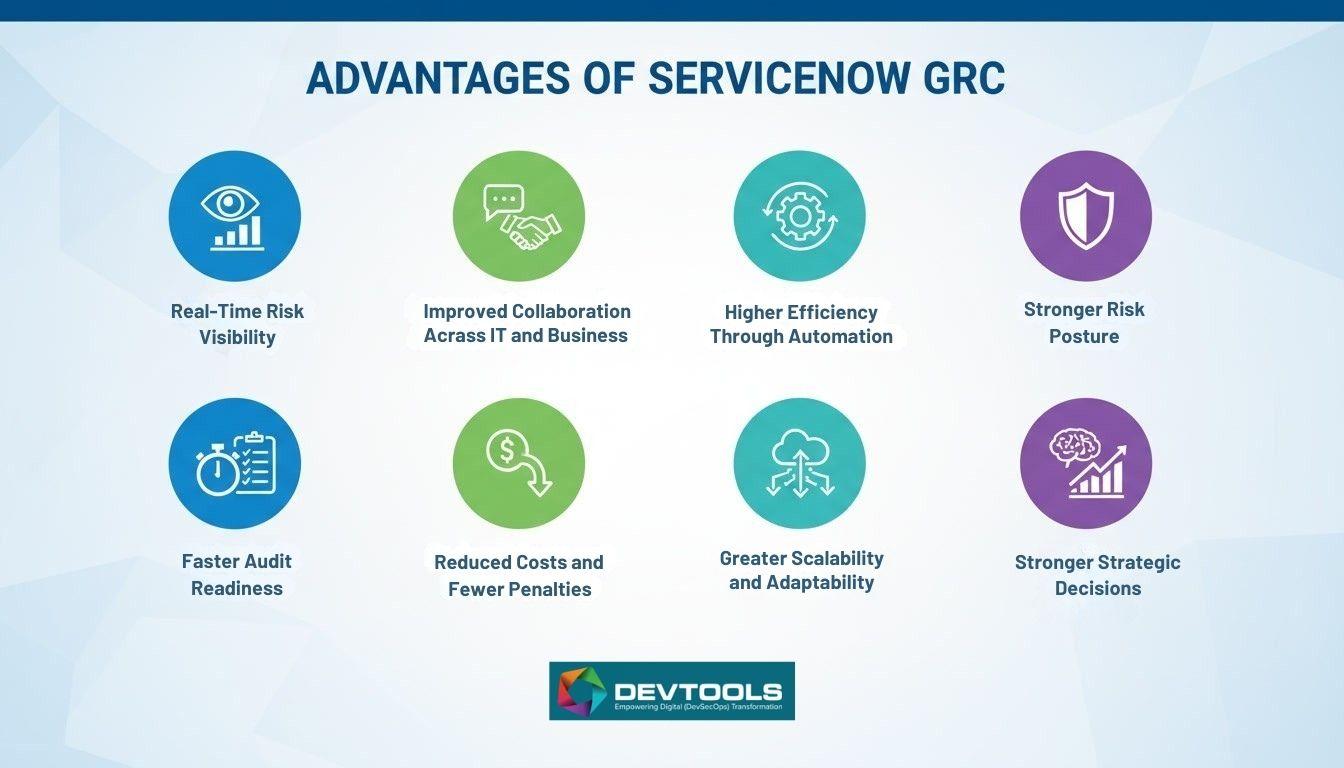The Benefits of Using WhatsApp Business API for Your Business
In an era where instant communication defines customer experience, businesses must meet customers on platforms they already use and trust. WhatsApp Business API has become one of the most powerful tools for enterprises seeking to deliver fast, secure, and personalized communication at scale. With billions of active users worldwide, WhatsApp is no longer just a messaging app—it is a strategic business communication channel. Below are the key benefits of using WhatsApp Business API for your business.
1. Exceptional Customer Engagement and High Open Rates
One of the biggest advantages of WhatsApp Business API is its extremely high message open and response rates. Unlike emails that often go unread or SMS messages that feel impersonal, WhatsApp messages are typically opened within minutes. Customers are more likely to read, respond, and engage with messages received on WhatsApp because it is a platform they actively use every day.
This level of engagement makes WhatsApp Business API ideal for customer support, promotions, reminders, and important updates.
2. Real-Time, Two-Way Communication
WhatsApp Business API enables instant, two-way communication, allowing businesses to have meaningful conversations with customers in real time. Whether it’s answering questions, resolving issues, or guiding customers through a purchase journey, real-time messaging builds trust and improves satisfaction.
Unlike traditional communication channels, WhatsApp allows businesses to respond quickly and maintain ongoing conversations without forcing customers to switch platforms.
3. Automation at Scale with a Human Touch
WhatsApp Business API supports automation through chatbots and predefined message templates, enabling businesses to handle thousands of conversations simultaneously. Routine queries such as order status, appointment confirmations, FAQs, and payment reminders can be automated, saving time and operational costs.
At the same time, complex issues can be smoothly transferred to human agents, ensuring customers receive personalized support when needed. This balance between automation and human interaction enhances efficiency without sacrificing customer experience.
4. Rich Media Messaging Capabilities
Unlike SMS or basic chat platforms, WhatsApp Business API supports rich media content, including:
Images and videos
PDFs and documents
Interactive buttons
Quick replies
Product catalogs and links
These features allow businesses to communicate more clearly and effectively. For example, an e-commerce brand can send product images, invoices, and tracking links in one conversation, making interactions more engaging and informative.
5. Verified Business Presence and Increased Trust
With WhatsApp Business API, businesses can create a verified business profile, which displays the company name, logo, and description. This verification increases credibility and reassures customers that they are interacting with a legitimate business.
Trust is a critical factor in customer communication, especially for industries such as banking, healthcare, and e-commerce. A verified WhatsApp presence reduces fraud concerns and encourages customers to interact confidently.
6. Secure and Encrypted Communication
Security is a major concern for both businesses and customers. WhatsApp Business API uses end-to-end encryption, ensuring that messages remain private and protected from unauthorized access.
This makes WhatsApp an ideal channel for sharing sensitive information such as OTPs, transaction alerts, appointment details, and account updates, while maintaining compliance with data protection standards.
7. Cost-Effective Communication Channel
Compared to traditional SMS and call center operations, WhatsApp Business API is a cost-efficient communication solution. Businesses can reduce expenses related to customer support, outbound calls, and manual processes through automation and messaging templates.
Additionally, the ability to resolve queries quickly reduces repeat interactions, further lowering operational costs while improving customer satisfaction.
8. Seamless Integration with Business Systems
WhatsApp Business API can be integrated with CRM platforms, ERP systems, helpdesk software, and marketing tools. This allows businesses to:
Centralize customer data
Track conversation history
Trigger automated messages based on customer actions
Improve workflow efficiency
Such integrations ensure consistent, data-driven communication across departments.
9. Personalized Customer Experiences
With access to customer data and conversation history, businesses can send personalized messages tailored to individual preferences and behavior. Personalized communication increases engagement, loyalty, and conversion rates.
For example, addressing customers by name, recommending relevant products, or sending customized offers creates a more meaningful experience.
10. Global Reach with Local Impact
WhatsApp is widely used across multiple countries and regions, making WhatsApp Business API an excellent tool for businesses with international or regional audiences. It allows companies to communicate globally while maintaining a local, conversational feel.
Visit here : https://cloudgateway.in/whatsapp-business-api.html
In an era where instant communication defines customer experience, businesses must meet customers on platforms they already use and trust. WhatsApp Business API has become one of the most powerful tools for enterprises seeking to deliver fast, secure, and personalized communication at scale. With billions of active users worldwide, WhatsApp is no longer just a messaging app—it is a strategic business communication channel. Below are the key benefits of using WhatsApp Business API for your business.
1. Exceptional Customer Engagement and High Open Rates
One of the biggest advantages of WhatsApp Business API is its extremely high message open and response rates. Unlike emails that often go unread or SMS messages that feel impersonal, WhatsApp messages are typically opened within minutes. Customers are more likely to read, respond, and engage with messages received on WhatsApp because it is a platform they actively use every day.
This level of engagement makes WhatsApp Business API ideal for customer support, promotions, reminders, and important updates.
2. Real-Time, Two-Way Communication
WhatsApp Business API enables instant, two-way communication, allowing businesses to have meaningful conversations with customers in real time. Whether it’s answering questions, resolving issues, or guiding customers through a purchase journey, real-time messaging builds trust and improves satisfaction.
Unlike traditional communication channels, WhatsApp allows businesses to respond quickly and maintain ongoing conversations without forcing customers to switch platforms.
3. Automation at Scale with a Human Touch
WhatsApp Business API supports automation through chatbots and predefined message templates, enabling businesses to handle thousands of conversations simultaneously. Routine queries such as order status, appointment confirmations, FAQs, and payment reminders can be automated, saving time and operational costs.
At the same time, complex issues can be smoothly transferred to human agents, ensuring customers receive personalized support when needed. This balance between automation and human interaction enhances efficiency without sacrificing customer experience.
4. Rich Media Messaging Capabilities
Unlike SMS or basic chat platforms, WhatsApp Business API supports rich media content, including:
Images and videos
PDFs and documents
Interactive buttons
Quick replies
Product catalogs and links
These features allow businesses to communicate more clearly and effectively. For example, an e-commerce brand can send product images, invoices, and tracking links in one conversation, making interactions more engaging and informative.
5. Verified Business Presence and Increased Trust
With WhatsApp Business API, businesses can create a verified business profile, which displays the company name, logo, and description. This verification increases credibility and reassures customers that they are interacting with a legitimate business.
Trust is a critical factor in customer communication, especially for industries such as banking, healthcare, and e-commerce. A verified WhatsApp presence reduces fraud concerns and encourages customers to interact confidently.
6. Secure and Encrypted Communication
Security is a major concern for both businesses and customers. WhatsApp Business API uses end-to-end encryption, ensuring that messages remain private and protected from unauthorized access.
This makes WhatsApp an ideal channel for sharing sensitive information such as OTPs, transaction alerts, appointment details, and account updates, while maintaining compliance with data protection standards.
7. Cost-Effective Communication Channel
Compared to traditional SMS and call center operations, WhatsApp Business API is a cost-efficient communication solution. Businesses can reduce expenses related to customer support, outbound calls, and manual processes through automation and messaging templates.
Additionally, the ability to resolve queries quickly reduces repeat interactions, further lowering operational costs while improving customer satisfaction.
8. Seamless Integration with Business Systems
WhatsApp Business API can be integrated with CRM platforms, ERP systems, helpdesk software, and marketing tools. This allows businesses to:
Centralize customer data
Track conversation history
Trigger automated messages based on customer actions
Improve workflow efficiency
Such integrations ensure consistent, data-driven communication across departments.
9. Personalized Customer Experiences
With access to customer data and conversation history, businesses can send personalized messages tailored to individual preferences and behavior. Personalized communication increases engagement, loyalty, and conversion rates.
For example, addressing customers by name, recommending relevant products, or sending customized offers creates a more meaningful experience.
10. Global Reach with Local Impact
WhatsApp is widely used across multiple countries and regions, making WhatsApp Business API an excellent tool for businesses with international or regional audiences. It allows companies to communicate globally while maintaining a local, conversational feel.
Visit here : https://cloudgateway.in/whatsapp-business-api.html
The Benefits of Using WhatsApp Business API for Your Business
In an era where instant communication defines customer experience, businesses must meet customers on platforms they already use and trust. WhatsApp Business API has become one of the most powerful tools for enterprises seeking to deliver fast, secure, and personalized communication at scale. With billions of active users worldwide, WhatsApp is no longer just a messaging app—it is a strategic business communication channel. Below are the key benefits of using WhatsApp Business API for your business.
1. Exceptional Customer Engagement and High Open Rates
One of the biggest advantages of WhatsApp Business API is its extremely high message open and response rates. Unlike emails that often go unread or SMS messages that feel impersonal, WhatsApp messages are typically opened within minutes. Customers are more likely to read, respond, and engage with messages received on WhatsApp because it is a platform they actively use every day.
This level of engagement makes WhatsApp Business API ideal for customer support, promotions, reminders, and important updates.
2. Real-Time, Two-Way Communication
WhatsApp Business API enables instant, two-way communication, allowing businesses to have meaningful conversations with customers in real time. Whether it’s answering questions, resolving issues, or guiding customers through a purchase journey, real-time messaging builds trust and improves satisfaction.
Unlike traditional communication channels, WhatsApp allows businesses to respond quickly and maintain ongoing conversations without forcing customers to switch platforms.
3. Automation at Scale with a Human Touch
WhatsApp Business API supports automation through chatbots and predefined message templates, enabling businesses to handle thousands of conversations simultaneously. Routine queries such as order status, appointment confirmations, FAQs, and payment reminders can be automated, saving time and operational costs.
At the same time, complex issues can be smoothly transferred to human agents, ensuring customers receive personalized support when needed. This balance between automation and human interaction enhances efficiency without sacrificing customer experience.
4. Rich Media Messaging Capabilities
Unlike SMS or basic chat platforms, WhatsApp Business API supports rich media content, including:
Images and videos
PDFs and documents
Interactive buttons
Quick replies
Product catalogs and links
These features allow businesses to communicate more clearly and effectively. For example, an e-commerce brand can send product images, invoices, and tracking links in one conversation, making interactions more engaging and informative.
5. Verified Business Presence and Increased Trust
With WhatsApp Business API, businesses can create a verified business profile, which displays the company name, logo, and description. This verification increases credibility and reassures customers that they are interacting with a legitimate business.
Trust is a critical factor in customer communication, especially for industries such as banking, healthcare, and e-commerce. A verified WhatsApp presence reduces fraud concerns and encourages customers to interact confidently.
6. Secure and Encrypted Communication
Security is a major concern for both businesses and customers. WhatsApp Business API uses end-to-end encryption, ensuring that messages remain private and protected from unauthorized access.
This makes WhatsApp an ideal channel for sharing sensitive information such as OTPs, transaction alerts, appointment details, and account updates, while maintaining compliance with data protection standards.
7. Cost-Effective Communication Channel
Compared to traditional SMS and call center operations, WhatsApp Business API is a cost-efficient communication solution. Businesses can reduce expenses related to customer support, outbound calls, and manual processes through automation and messaging templates.
Additionally, the ability to resolve queries quickly reduces repeat interactions, further lowering operational costs while improving customer satisfaction.
8. Seamless Integration with Business Systems
WhatsApp Business API can be integrated with CRM platforms, ERP systems, helpdesk software, and marketing tools. This allows businesses to:
Centralize customer data
Track conversation history
Trigger automated messages based on customer actions
Improve workflow efficiency
Such integrations ensure consistent, data-driven communication across departments.
9. Personalized Customer Experiences
With access to customer data and conversation history, businesses can send personalized messages tailored to individual preferences and behavior. Personalized communication increases engagement, loyalty, and conversion rates.
For example, addressing customers by name, recommending relevant products, or sending customized offers creates a more meaningful experience.
10. Global Reach with Local Impact
WhatsApp is widely used across multiple countries and regions, making WhatsApp Business API an excellent tool for businesses with international or regional audiences. It allows companies to communicate globally while maintaining a local, conversational feel.
Visit here : https://cloudgateway.in/whatsapp-business-api.html
0 Comments
0 Shares
197 Views












